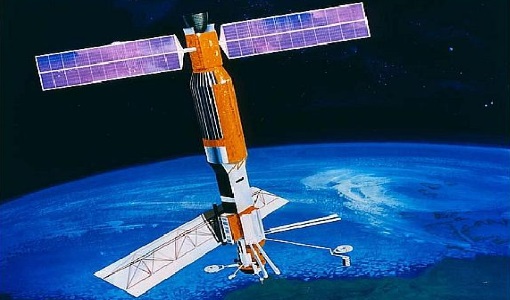On this day in history...
...in 1978, NASA launched Seasat, the world’s first satellite designed specifically to study the oceans. Seasat carried a suite of innovative instruments to observe key oceanographic parameters, marking a major milestone in the development of satellite-based Earth observation.

The satellite's key instruments included a radar altimeter to measure sea surface height, a scatterometer to estimate wind speed and direction, a microwave radiometer to determine sea surface temperature, and a synthetic aperture radar (SAR) to observe wave and current patterns. These technologies enabled scientists to monitor the oceans on a global scale for the first time, providing crucial data on ocean circulation, wave dynamics, and air-sea interactions.
Although Seasat's mission was cut short after just 106 days due to an electrical failure, its achievements paved the way for future oceanographic satellite programs. Missions like TOPEX/Poseidon, Jason, and others have built upon Seasat’s legacy, continuing to expand our understanding of the world's oceans through satellite technology.
Seasat remains a symbol of innovation in oceanography, having demonstrated the feasibility and importance of monitoring Earth's oceans from space.
The data acquired by Seasat are available here.
Picture taken from ESA website.
Source
